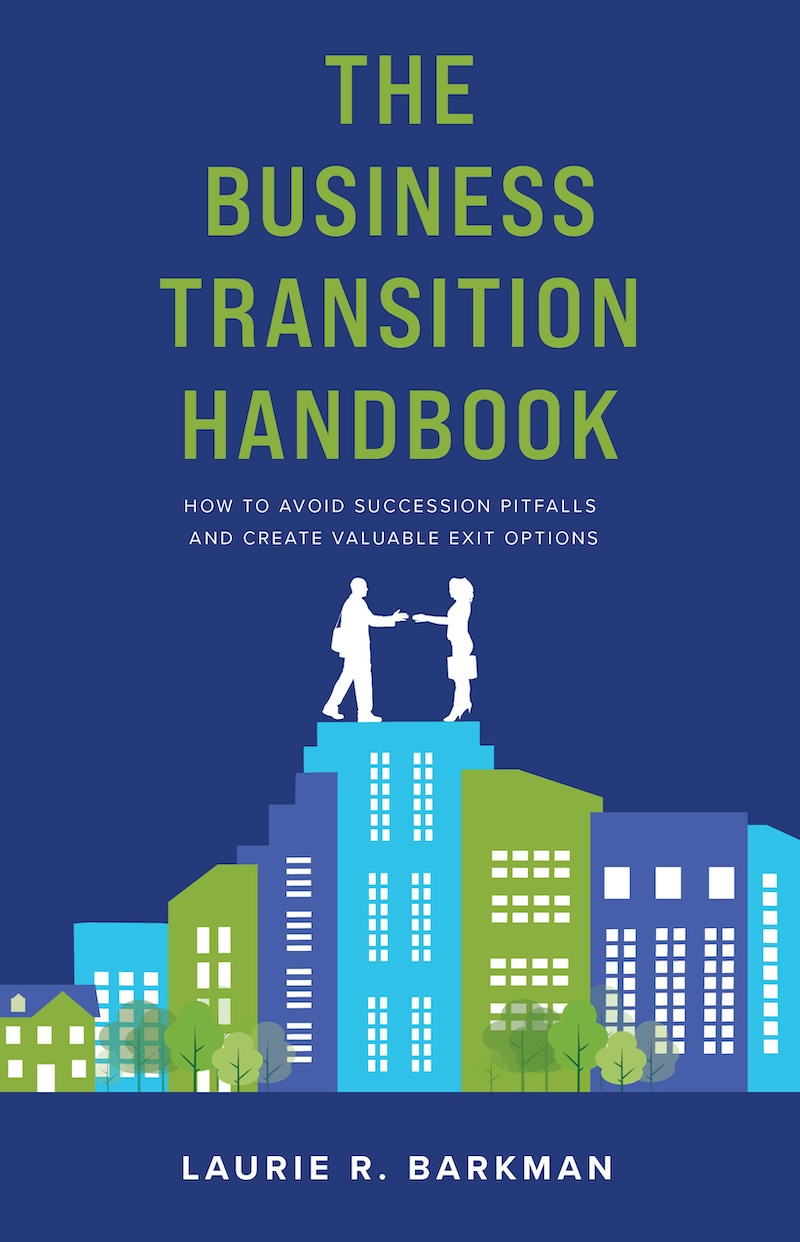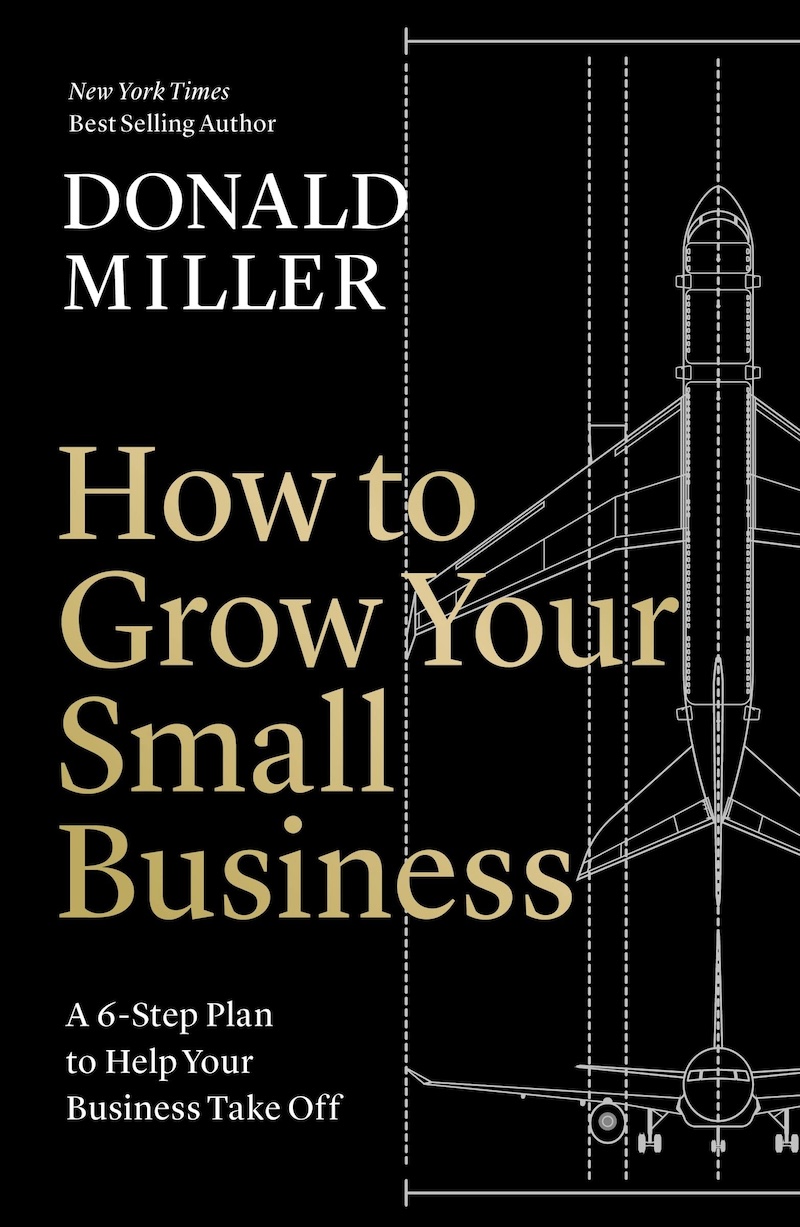Book Brief: The Business Transition Handbook
The Business Transition Handbook by Laurie Barkman shares lessons learned by the author in selling her own business, helping others transition theirs, and hosting many others on her podcast, Succession Stories. These lessons include identifying the most common mistakes and the best practices of business owners when seeking to exit their businesses.
The book shares many valuable insights and asks the business-owner/reader to consider many important questions. It provides helpful guidance on many topics critical to exiting your business. But in the end, the process is complex, and each company is unique, so that no book could possibly provide all the answers to perfectly guide every business owner through the exit journey. That’s why there’s a need for advisors like the author and myself.
I do recommend the book to help business owners become aware of the questions and decisions they will face along the way, but I even more strongly recommend surrounding yourself with advisors (financial advisor, CPA, lawyer, value catalyst) who can help guide you at each turn and fork in the road.
Book Brief: The Business Transition Handbook Read More »










